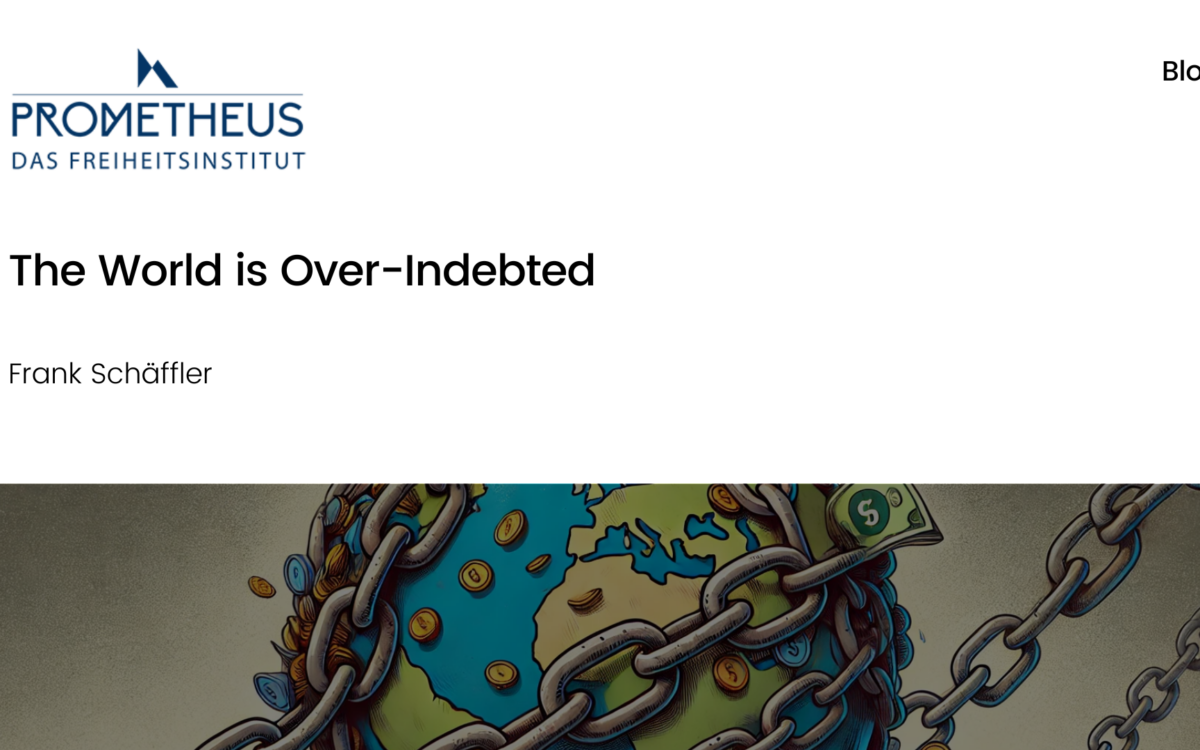The Future of EU Cohesion Policy – Boosting Innovation Instead of Handouts

The Future of EU Cohesion Policy – Boosting Innovation Instead of Handouts
Caroline Burleigh // 1 June 2017
During the latest plenary session of the European Committee of the Regions, ECR President Markku Markkula painted a strikingly positive picture of the EU cohesion policy:
‘Cohesion policy should focus on issues that demonstrate the added value of the EU on the ground, such as innovation and knowledge which encourage cross-border cooperation […] Investment should not only be directed towards traditional infrastructure, but towards new technologies and collaboration. We need to invest more in our human capital and champion policies that foster open innovation […] Our position on cohesion policy’s future is clear: the Brexit bill – be it €60 billion or €100 billion – cannot be charged to regional development. EU ministers recently declared that cohesion has been a success story creating 1 million jobs, supporting more than 400.000 SMEs and constructing 4.900 km of roads. Therefore, we need a commitment that the percentage of the EU budget allocated to cohesion policy will stay the same.’
Furthermore, one of the ECR’s suggestions to ‘make the EU’s cohesion policy better’ is to ensure more flexibility, by reducing top-down, excessively centralised investment and helping regions and cities deal with their own specific challenges, such as migration, demographic change, and natural disasters risks.
Yet, regarded from a more critical perspective, the objectives of the current EU cohesion policy seem rather vast and ambitious: reducing disparities, delivering inclusive economic growth, harnessing the opportunities of globalisation without leaving anyone behind, to name only a few of its general goals. In comparison, the Common Agricultural Policy receives twice the budget allocated exclusively to the development of the agricultural sector.
Consequently, it might be more efficient to narrow down the broad objectives of the cohesion policy framework, namely by placing a stronger focus on the elaboration of innovation policy- especially research and development (R&D). This would conform both to the goals of the 2009 Lisbon agenda and the demands of our globalised world. For instance, Bavaria boasts a profound experience in innovation policy, combined with some of the most prestigious research facilities in Germany and beyond. In 2008, Bavaria invested 2.97% of its GDP in R&D, a percentage the region is striving to increase. Thus, Bavaria can be considered a hub of European innovation. Placing a stronger focus on innovation will not solely benefit Bavaria, but various other regions in Germany and the EU. Likewise, the concept of “policy-learning” is crucial in this context: The idea is to generate growth through innovation, and innovation through sharing of experience.
Moreover, one should bear in mind that nearly one third of the EU’s total budget is spent on cohesion funds, thus the pressing need to ensure they are invested as efficiently as possible. With a total budget of €638 billion for the 2014-2020 period (€454 billion EU funds, matched by €184 billion of national funds), squandering will do little to boost the EU’s legitimacy. Moreover, for the same period (2014-2020), cohesion policy investment in research and innovation amounted to a mere €65 billion, compared to €85 billion invested in environmental protection, and €94 billion invested in SMEs competitiveness. Although the European Commission maintains that the cohesion policy is a success story, with €2.7 created for every €1 invested, a number of academic studies have discussed the ‘ambiguous impact’ of cohesion funds on regional growth. Indeed, public investment does not inevitably generate local growth. One must consider the methods and circumstances.
According to Koschatzky and Stahlecker’s analysis, the risk of cohesion policy failure is exacerbated by the fact that the biggest share of funds is granted to so-called ‘convergence regions’, many of which suffer from a lack of experience in the field of innovation policy. Convergence funds are allocated to the less developed regions, whose GDP is less than 75% of the EU average. Cappelen, Castellacci, Fagerberg, and Verspagen promote similar findings, concluding that funds are most fruitful in regions with “good economic environments”- in other terms with low unemployment and increased R&D capacities. Ironically, this does not correspond to the majority of the regions most in need of convergence funds. Likewise, Ederveen, de Groot and Nahuis stress the necessity of “good institutions”, without which they deem structural funds inefficient and prone to mismanagement and corruption. Yet, currently about 85% of the available budget is directed towards such convergence regions, whereas all competitiveness and employment regions combined (including Bavaria) receive a mere 15%.
In addition, the current withdrawal mechanism might not be rigorous enough to deter the mismanagement of regional projects. Instead, penalising the obvious failure of a project by the compulsory reimbursement of the funds already received, might be a more solid deterrent. On the other hand, the rewarding of successful projects via the performance reserve mechanism is an important incentive: it consists of the EU Commission keeping 4% of the total allocations of an ongoing period to award to the most efficient performers mid-term.
According to the European Council regulation 1083/2006 (23), “action by the Community should be complementary to that carried out by Member States […].” Likewise, preamble 29 of the same regulation states that “in order to ensure a genuine economic impact, contributions from the Structural Funds should not replace public expenditure by Member States […]”. Therefore, one can argue that providing a minimum 15% of the total funding is insufficient for the additional 85% provided by EU funds to be regarded as complementary.
Instead of increasing the total cohesion budget, revising the proportion of the existing budget allocated to R&D related projects appears worthwhile. After all, since R&D activities are geared towards tangible technological results, they will generate the economic growth the EU needs, and ideally promote regional collaboration for innovation purposes. Given President Markkula has acknowledged the need to further invest in knowledge and innovation, one can remain hopeful. Ultimately, in order to avoid cohesion funds becoming a mere public hand-out, the Investment Plan for Europe – which triggers private investment to stimulate our local economies – should play a more prominent role in future regional development projects.
EPICENTER publications and contributions from our member think tanks are designed to promote the discussion of economic issues and the role of markets in solving economic and social problems. As with all EPICENTER publications, the views expressed here are those of the author and not EPICENTER or its member think tanks (which have no corporate view).



